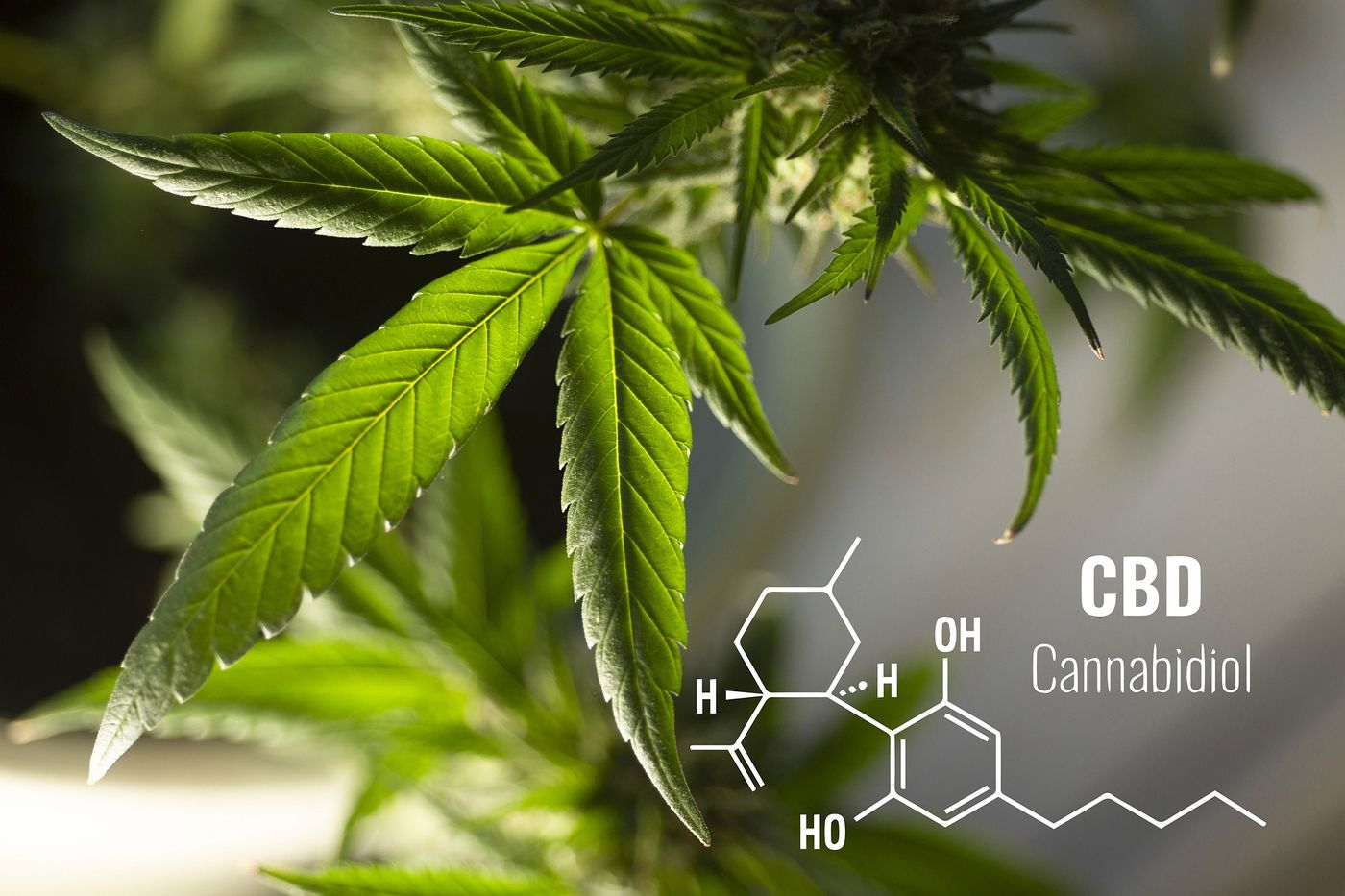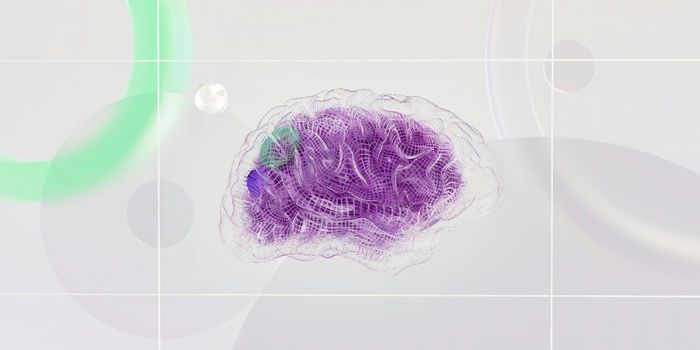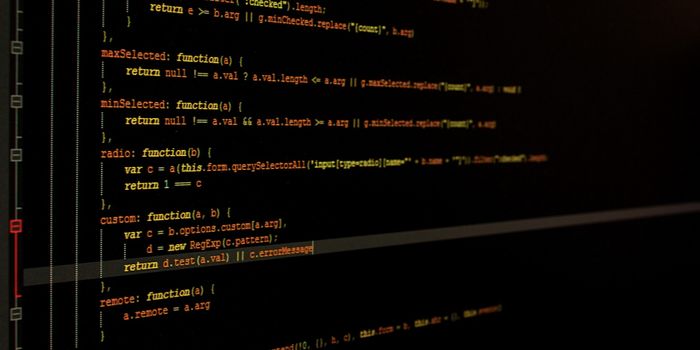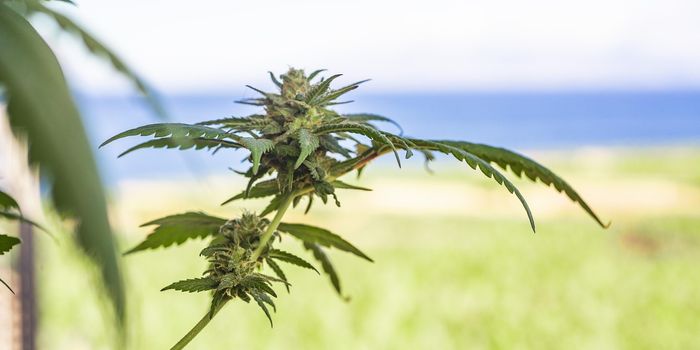Considering Cannabinoids as a COVID-19 Treatment
Research suggests that Cannabis sativa-derived cannabinoids – such as cannabidiol (CBD), Δ9tetrahydrocannabivarin (THCV), and Δ9tetrahydrocannabinol (THC) – likely serve an immune-modulatory function in inflammation. Studies have implicated alteration of cytokine levels (i.e., the equilibrium between pro- and anti-inflammatory cytokines) and macrophage activity as probable candidate mechanisms used by cannabinoids to enact their immune-response-related roles.
CBD, in particular, has recently received special attention within the research community for its potential therapeutic application as an anti-inflammatory accessory in the treatment of severe COVID-19 cases. Within the past year, experimental evidence has implicated a role for CBD in arthritic inflammation via reduction of interleukin (IL)-6 and IL-8 levels. As CBD is already approved by the Food and Drug Administration (FDA) as an anti-epileptic treatment, it is an especially appealing therapeutic target during such unprecedented times.
However, aside from the major phytocannabinoids, the impact of various other Cannabis compounds – such as other phytocannabinoids, terpenes, and flavonoids – has been vastly understudied, especially in alveolar epithelial and immune cell inflammation.
Immune cell inflammation of the alveolar epithelium is characteristic of COVID-19 disease progression, which can often be resolved within the adaptive first phase of the body’s immune response to infection. During this initial immune phase, alveolar macrophages promote phagocytosis-mediated eradication of respiratory viral pathogens.
In extreme cases, the disease progresses to the second immune response phase, most often accompanied by cytokine storm syndrome. Increased production of cytokines – such as IL-6 and IL-8, tumor necrosis factor-alpha (TNFα), and C–C Motif Chemokine Ligand 2 (CCL2) – is a characteristic immune response marker of cytokine storm syndrome. If unresolved, this cytokine storm leads to respiratory failure due to acute respiratory distress syndrome (ARDS) – the leading effector driving COVID-19 mortality.
Signs of macrophage activation syndrome (MAS) have also been observed during the second immune response phase. During MAS, macrophages release pro-inflammatory cytokines (i.e., IL-6, IL-8, and CCL2) that contribute to cytokine storm syndrome and further exacerbate disease progression.
Thus, a balance between maintaining the anti-inflammatory activity (i.e., reducing pro-inflammatory IL-6 and IL-8 cytokine levels during phase two) within lung tissues, reducing the pro-inflammatory activity of macrophages (i.e. reducing pro-inflammatory IL production during phase 2), and increasing alveolar macrophage phagocytosis (often associated with macrophage polarization during phase 1) would need to be obtained to combat cytokine storm syndrome.
Furthermore, previous studies have shown that IL-7 can increase low absolute lymphocyte counts in septic patients as well as provide protective immunity in CD4+ T-cell-deficient patients. Thus, it has also been proposed that increasing IL-7 levels in COVID-19 patients could be a potential therapeutic target for treatment.
According to a new study published in Nature’s Scientific Reports, a cocktail of purified phytocannabinoids containing CBD, THCV, and cannabigerol (CBG) may have increased efficacy towards reducing COVID-19-related lung inflammation compared to crude cannabis-derived extracts and CBD extract alone.
The study sought to assess the anti-inflammatory effects of in vitro treatment with cannabis compounds on COVID-19-related immune response markers. Specifically, they investigated the impact of various cannabis phytochemicals (alone and in combination) on immune responses in alveolar epithelial cells and macrophages during COVID-19-related inflammation in vitro.
The purified cannabis compound formulation analyzed in this study consisted of phytocannabinoid standard combinations at concentrations based on the measured concentrations of these phytocannabinoids in inflorescence extracts from a high-CBD C. sativa strain, Arbel. Use of commercially available phytocannabinoid standards ensured the absence of terpenes in this formulation. Crude extract from the same strain (i.e. including terpenes) was also analyzed.
The preparation of purified phytocannabinoids demonstrated anti-inflammatory activity in A549 alveolar epithelial cells in vitro, evidenced by an observed dose-dependent reduction in IL-6 and IL-8 levels. Treatment of the alveolar cells with either the crude extract (i.e., with terpenes) or the purified mixture (i.e., without terpenes) resulted in reduced expression of IL-7, CCL2, CCL7, and angiotensin I converting enzyme 2 (ACE2). The purified mixture, however, reduced IL-7 and ACE2 expression to a lesser degree than the crude extract.
Treatment with CBD alone also reduced IL-6 and IL-8 levels but displayed a bell-shaped dose-response curve (which is associated with a relatively narrower therapeutic window than dose-dependent responses).
The crude extract and the purified compound mixture exhibited pro-inflammatory activity in cultured macrophages. Treatment with the crude extract induced macrophage polarization and phagocytosis as well as upregulated expression of CD36, type II receptor for the Fc region of IgG (FcγRII), IL-6, and IL-8. However, treating the macrophages with the purified mixture reduced phagocytosis and IL secretion relative to the crude extract.
From these results, the authors propose that treatment with either cannabis mixture (purified or crude) may potentially facilitate a reduction in inflammatory cytokine secretion and macrophage recruitment during cytokine storm syndrome. They also suggest that the difference between the crude extract and the purified formulation in their ability to downregulate IL-7 expression is most likely due to the respective presence/absence of terpenes. This data, as advocated by the authors, indicates that the purified phytocannabinoids (i.e., without terpenes) are likely to be more therapeutically advantageous for treating COVID-19-related inflammation compared to cannabis-derived fractions that contain terpenes.
Moreover, the research team suggests that the dose-dependent response observed following treatment with the purified phytocannabinoid mixture possesses more therapeutic potential to be effective in clinical application than does CBD alone. However, as noted by the authors, the pro-inflammatory activity observed with both of these treatments poses the possibility of exacerbating the cytokine storm associated with severe cases of COVID-19 by increasing IL-6 and/or IL-8 secretion from macrophages.
Although somewhat encouraging, the results of this study further substantiate the notion that much more extensive experimental research is needed to ensure the safety and efficacy of cannabis as a COVID-19 therapeutic.
Sources: Cell Death & Disease; Pharmacological Research; Journal of Leukocyte Biology; Research and Regeneration; Nature’s Scientific Reports; Merriam-Webster Dictionary; The Lancet’s Respiratory Medicine; The Journal of Clinical Investigation









